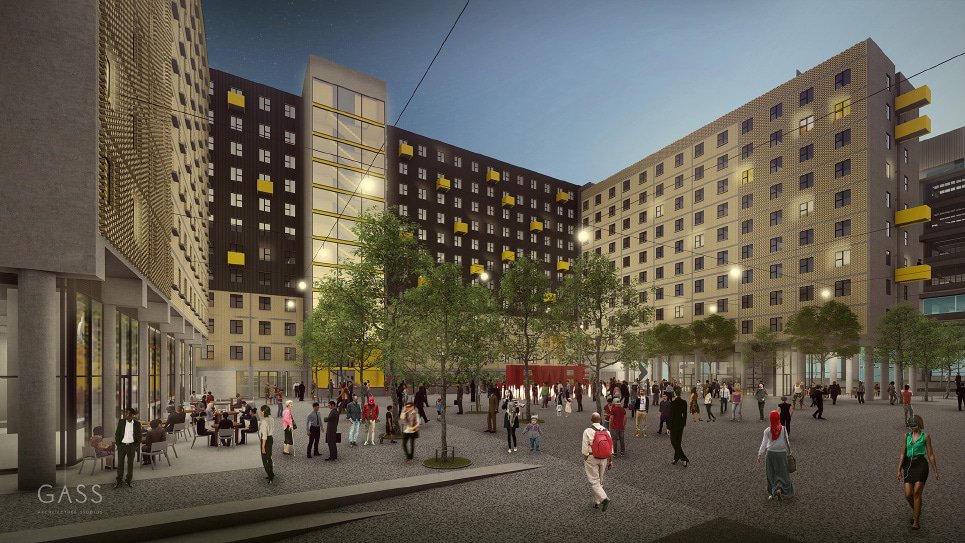From Streets to Skyscrapers: Decoding the Techniques Behind Effective Urban Planning
Urban planning is a dynamic and nuanced process that plays a pivotal role in moulding the identity and functionality of urban communities. From the bustling streets of thriving suburban neighbourhoods to the towering skyscrapers of the business sector that define modern cityscapes, the influence of urban planning is evident. Effective planning is essential for the creation of liveable, vibrant, and sustainable spaces for community residents.
A Vision that Drives a Master Plan
Leading-edge urban planning begins with a visionary master plan that outlines the long-term strategic goals and objectives for a community. It involves creative and skilled consideration of factors such as population growth, infrastructure, economic development, and environmental sustainability. The master plan provides the ‘blueprint’ that guides development and ensures that each of the key constituents contributes to the overall well-being and success of the community.
Good Urban Planning Encourages Community Participation
Effective urban plans result from the collaboration of planners, residents, businesses, and local authorities. Inclusive community participation ensures that all perspectives are considered which fosters a sense of ownership of the process among residents. Public input forums, town hall meetings, and community surveys allow the community to actively participate in the decision-making process, resulting in developments that truly address the needs of the people.
Sustainability – Good for the Community and the Environment
Modern urban planning emphasises sustainability. Integrating green spaces, renewable energy sources, and eco-friendly infrastructure has been proven to produce happier communities. From energy-efficient buildings to extensive public parks, sustainable urban design not only reduces the environmental impact of developments but also enhances the quality of life for residents. Incorporating green initiatives provides urban areas that are resilient and adaptable to future challenges.
The Benefits of Mixed-use Development
Modern urban planning strives to incorporate mixed-use developments that create dynamic environments for residents to work and play near where they live. Integrating residential, commercial, and recreational spaces increases the sense of community, reduces commuting time and cost, and supports local businesses. Mixed-use developments significantly enhance the convenience, sustainability, and functionality of urban areas.
Preserving Culture and History
Preserving the historical and cultural identity of an existing community is essential for maintaining its character and sense of community. New developments in existing communities should try to incorporate the adaptive reuse of historic buildings. Doing so maintains a connection to the past and adds a unique charm to modern developments. Balancing the need for growth with the preservation of heritage leads to a diverse and culturally rich urban environment.
Appoint Creative and Skilled Urban Planners Who Employ the Latest Technology
The Practice Group understands urban space planning. We utilise cutting-edge, modern mapping and visualisation tools to convert complex data into accessible visual representations. Our process delivers sustainable developments that minimise environmental damage.
Our approach is fundamentally human-centric and focused on optimum community outcomes. For superior urban planning services, contact The Practice Group today.

